Search
Search Results

Definition
Thomas Jefferson
Thomas Jefferson (1743-1826) was an American lawyer, statesman, philosopher, and a Founding Father of the United States. A prominent figure of the American Revolution, he wrote the Declaration of Independence and later served as the first...
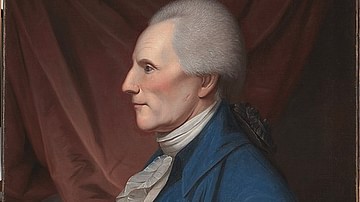
Definition
Richard Henry Lee
Richard Henry Lee (1732-1794) was an American politician from Virginia, who played a significant role in the American Revolution (1765-1789), particularly in the push for independence. A member of the prominent Lee family of Virginia, he...
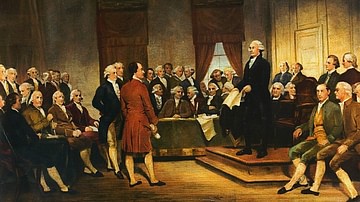
Definition
American Revolution
The American Revolution (1765-1789) was a period of political upheaval in the Thirteen Colonies of British North America. Initially a protest over parliamentary taxes, it blossomed into a rebellion and led, ultimately, to the birth of the...
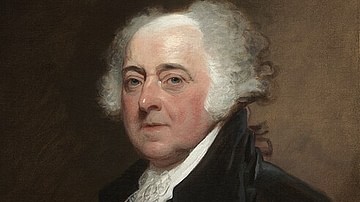
Definition
John Adams
John Adams (1735-1826) was an American lawyer, statesman, and diplomat who was a prominent leader of the American Revolution (1765-1789) before going on to serve as the first vice president (1789-1797) and second president of the United States...
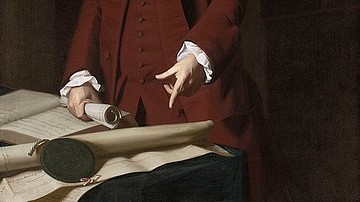
Definition
Samuel Adams
Samuel Adams (1722-1803) was a prominent Patriot leader in the American Revolution (1765-1789), and a Founding Father of the United States. He was one of the most vocal opponents of 'taxation without representation', was a founding member...
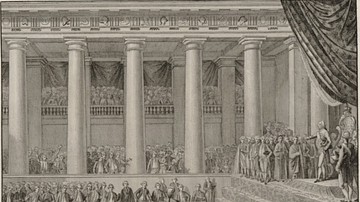
Article
Louis XVI, the Girondins, & the Road to Revolutionary War (1791-92)
On 20 April 1792, King Louis XVI of France (r. 1774-1792) stood before the Legislative Assembly and, with a faltering voice, read a declaration of war against Austria, to the ecstatic delight of the gathered deputies. This declaration sealed...

Definition
Gertrude Bell
Gertrude Bell (l. 1868-1926) was an archaeologist, travel writer, explorer, and political administrator responsible for creating the borders of the countries of the Near East after World War I and, especially, for the foundation of the modern...
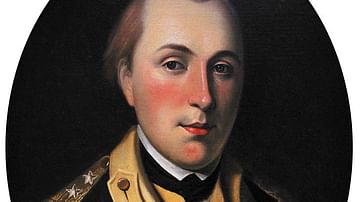
Definition
Gilbert du Motier, Marquis de Lafayette
Marie-Joseph Paul Yves Roch Gilbert du Motier, Marquis de La Fayette (l. 1757-1834), more commonly known in the United States as simply Lafayette, was a French aristocrat, military officer, and politician. He was a major figure in both the...
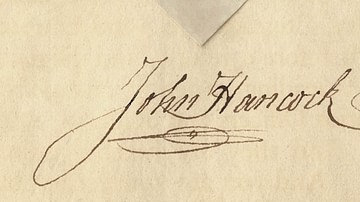
Image
John Hancock's Signature
The famous signature of US Founding Father John Hancock, printed on a letter; this signature famously appears on the US Declaration of Independence. Restored by Jim S., 15 September 2011.
Massachusetts Historical Society.
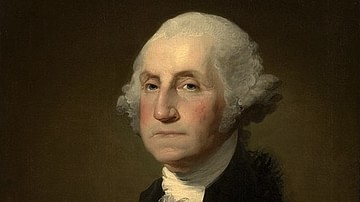
Collection
Founding Fathers of the United States
The Founding Fathers of the United States were the leaders of the American Revolution (c. 1765-1789), who led the push for American independence from Great Britain, founded the United States, and oversaw the implementation of the US Constitution...